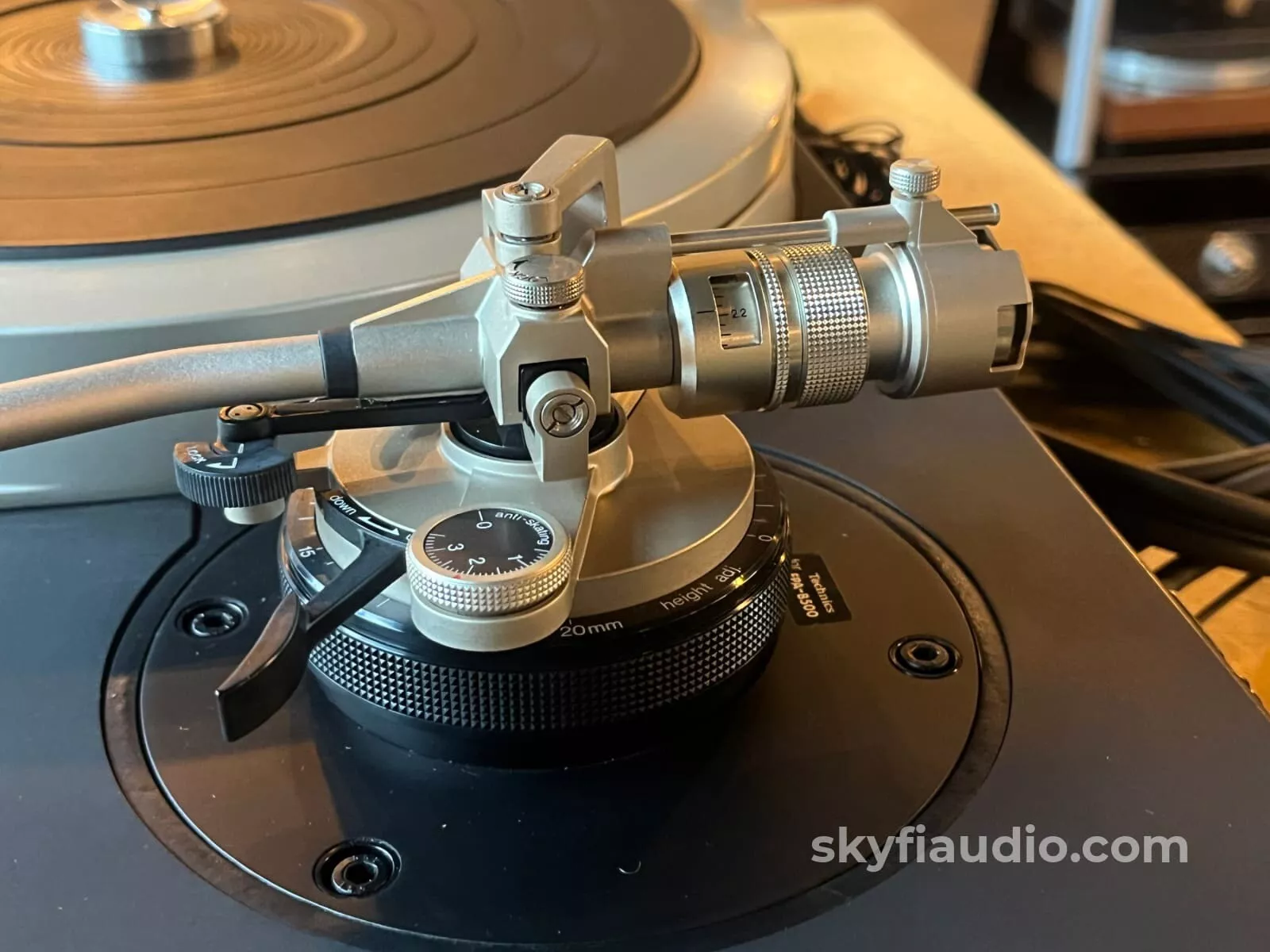Pertinent topic for me.
I use2 TT: a Linn LP12 for stereo, and Technics SP15 for mono. I have 2 dedicated mono cartridges, and I will send a Fairchild 225a to a rebuilder for restoration. My current mono cartridges are a Ortofon CG25 DI MKIII- this is a current version of Ortofon's original mono MC cartridge introduced in the late 40's, The other cartridge is a VAS modified Denon 103- one set of coils is removed, and the other set is reoriented for horizontal content. Both cartridges sound a lot different than an adapted stereo cartridge, or pressing the mono button. The Denon sounds better to my ears and in my system. It provides an extremely solid mono image with all of the improvements noted for mono cartridges, along with the extended frequency response of a current cartridge. Solo instruments and small ensembles sound shockingly real and "in the room". It is uncanny to listen to a 70yr old LP that has a silent background and music explodes from the grooves !
Others have noted that most "mono" cartridges are in fact stereo cartridges internally bridged to sum L/R channels to create mono output. These cartridges STILL respond to vertical groove content. A true mono LP does NOT have any vertical content, all signal is cut in the horizontal plane IE side to side. What is left in the vertical plane is noise, dirt etc. A stereo adapted cartridge still reads vertical content, and still includes vertical content in what is summed to create mono output. Some believe that the presence of vertical content that is then summed introduces distortion and phase anomalies that are audible. A TRUE mono cartridge (single coil plane) only responds to horizontal content, and does not reproduce any vertical content- it is immune to the distortion and phase anomalies mentioned earlier. Most listeners note a shocking difference when hearing a true mono cartridge for the first time.
Mono LPs pressed from 1948 until the early-mid 60's have a groove width of 1mil. Mono LPs pressed after the mid 60's and including current mono reissue LPs have a groove width of .07mil...a smaller groove width. True mono cartridges from the golden age have 1mil conical stylus profiles, and some believe this larger stylus can damage an LP cut with a modern/smaller groove width. For this reason, many believe that the best compromise is to use a single coil true mono cartridge, with a modern .07mil stylus. Opinion is about equally divided regarding stylus shape, with many supporting conical shapes, and just as many preferring more exotic shapes (elliptical, hyper-elliptical, shibatta etc).
Regarding cartridges, phono stages and preamps, it seems that the most preferred and best sounding true mono cartridges are moving coil, that require additional amplification of signal. Some use SUT / step up transformers, some use head amps/active phono stages etc. In my experience the choice of preamp is not as important as making sure you have a true mono cartridge. What is important is to be sure that your preamp has adjustable cartridge loading.
Phono EQ is another contentious issue. Some believe that non RIAA EQ coexisted until the early 60s and many report a more satisfying listening experience when playing an LP from the 50's and using a NON RIAA playback curve. So it may be beneficial to consider a preamp that includes adjustable EQ playback curves. There are several preamps that include selectable EQ along with cartridge loading.
The OP probably did not realize there was so much to consider regarding mono cartridges and mono LP playback !
Good Luck.



